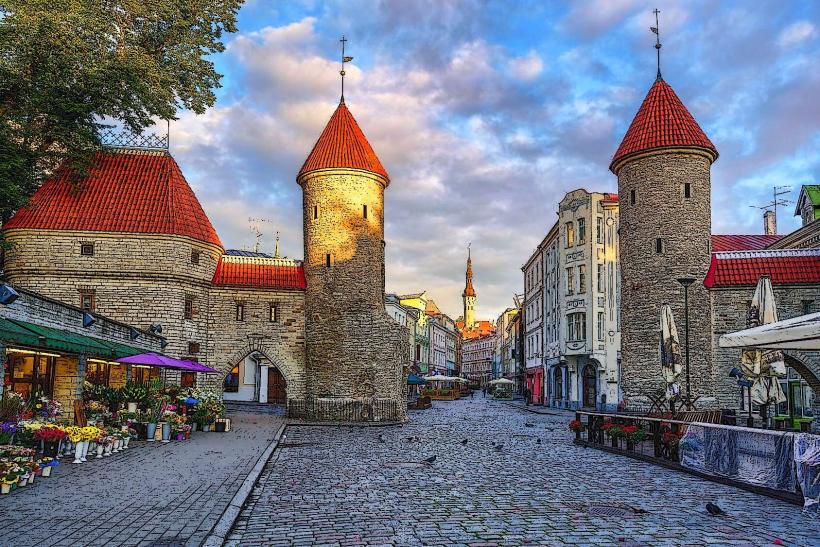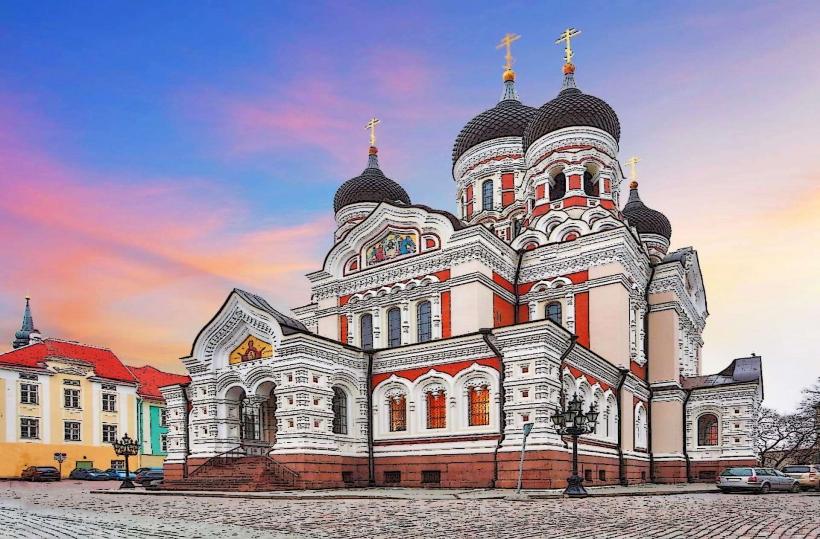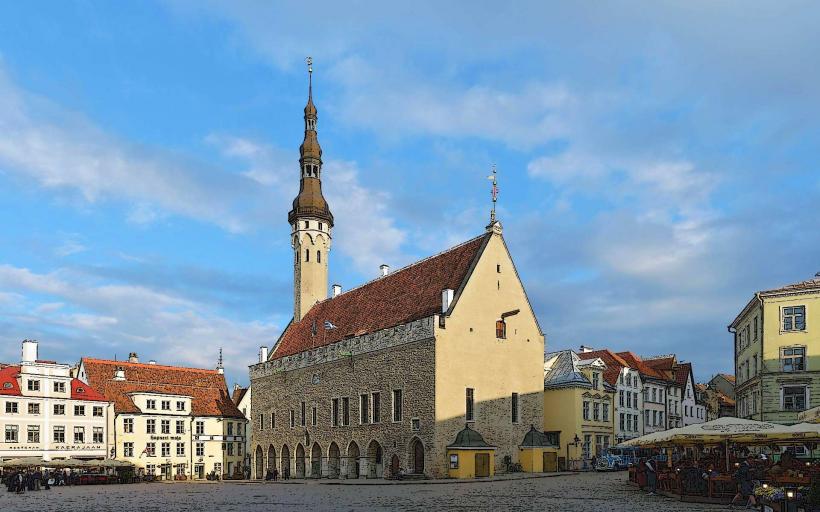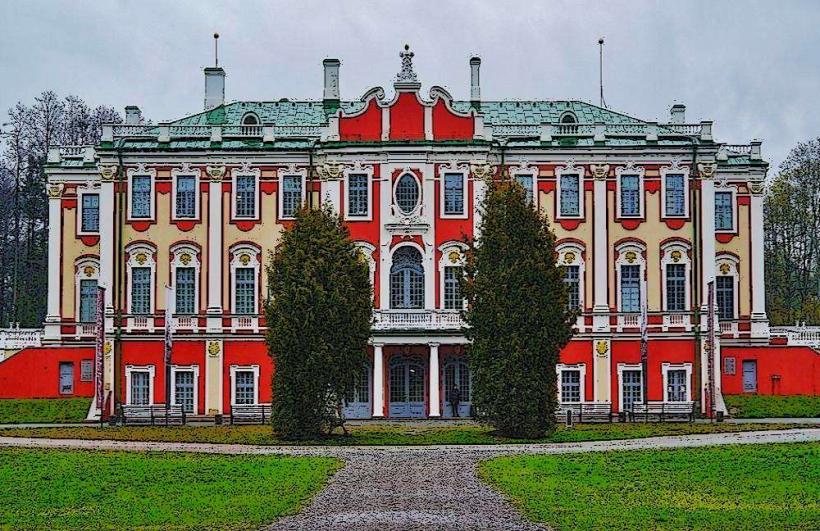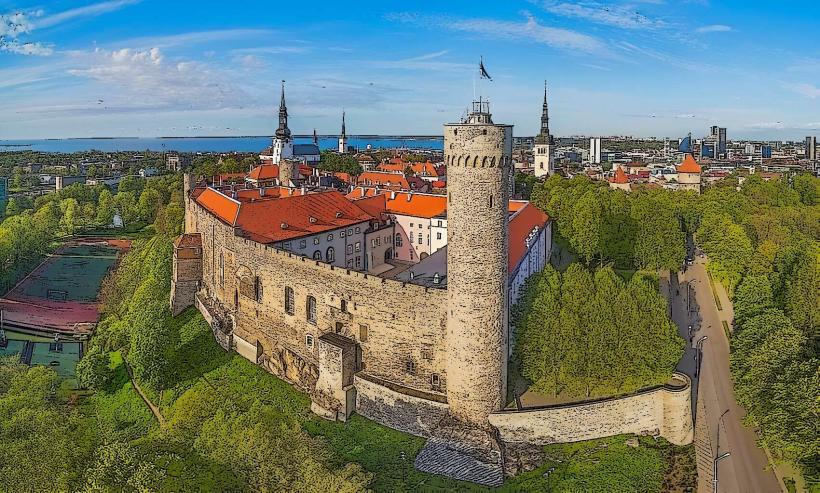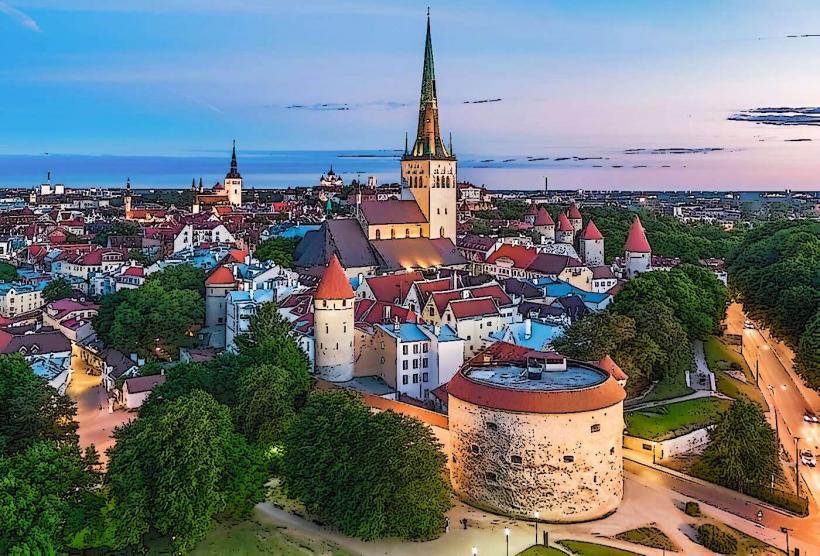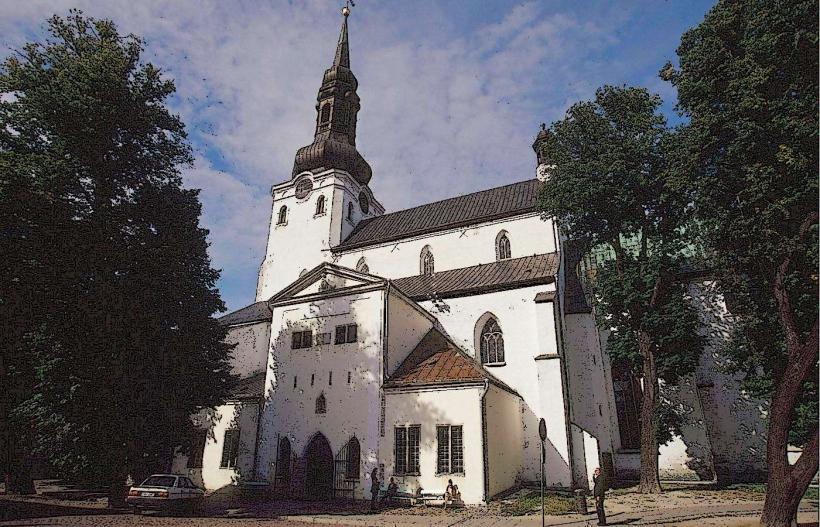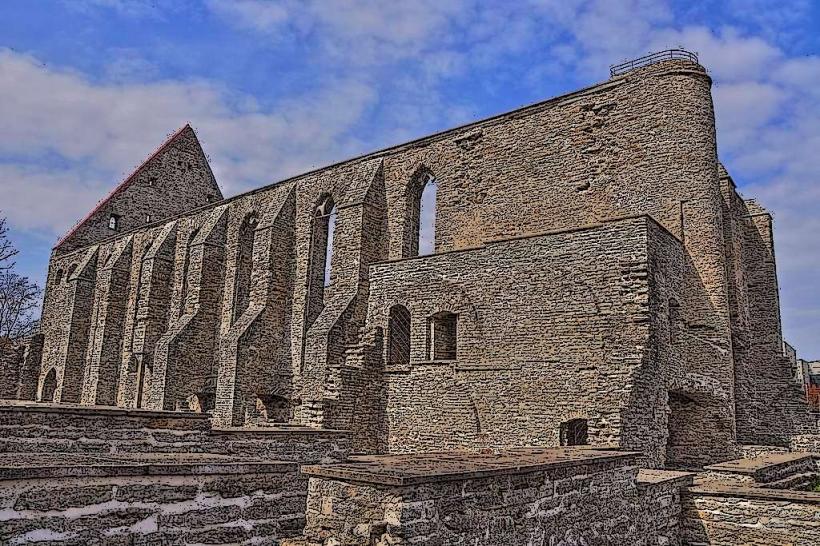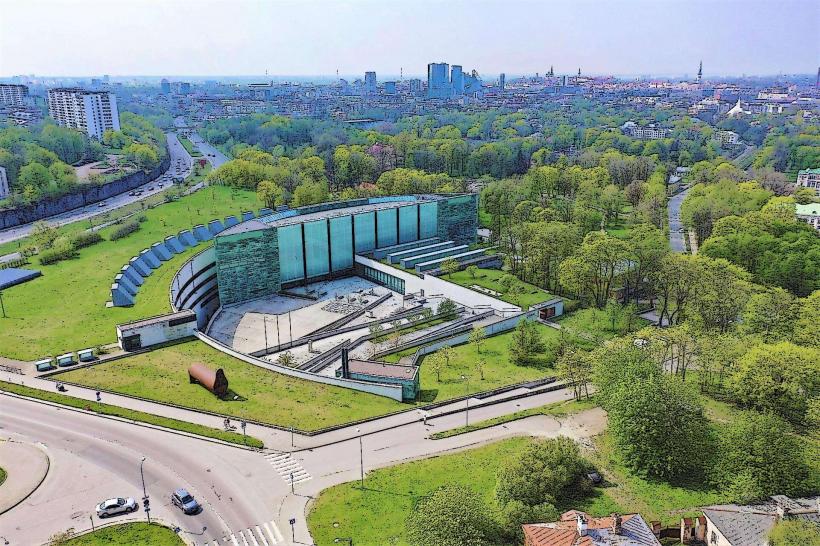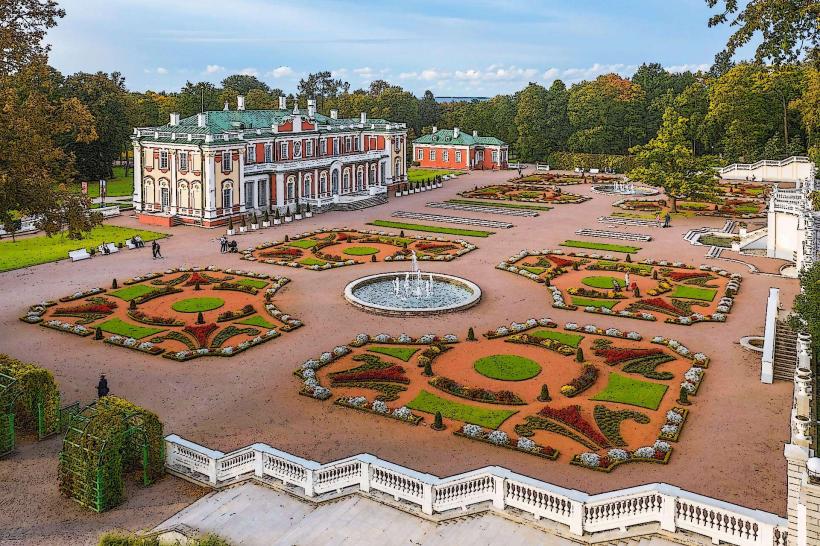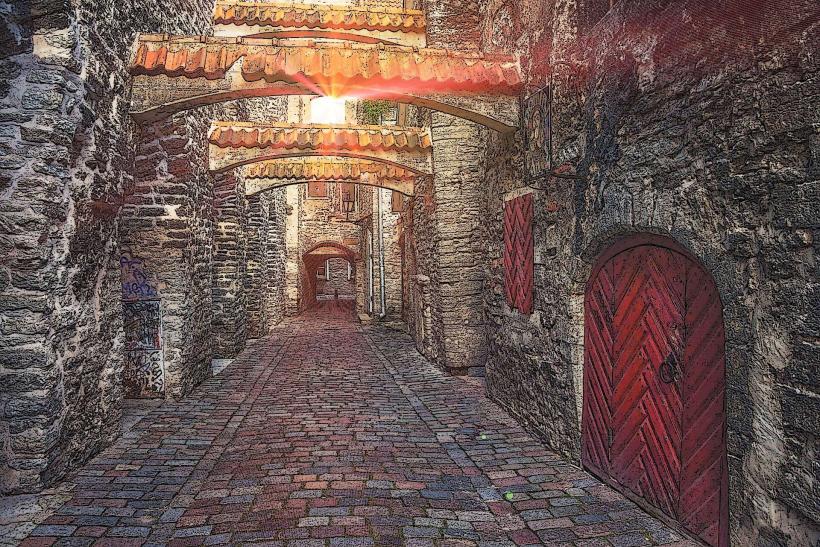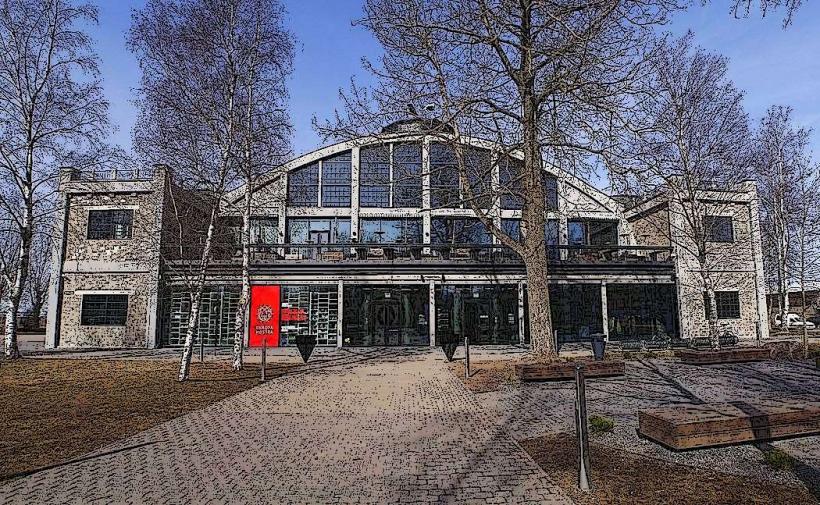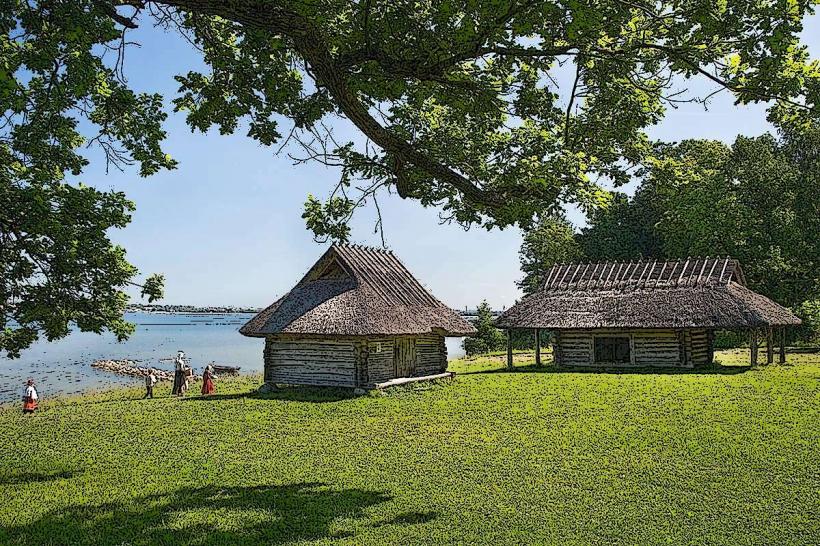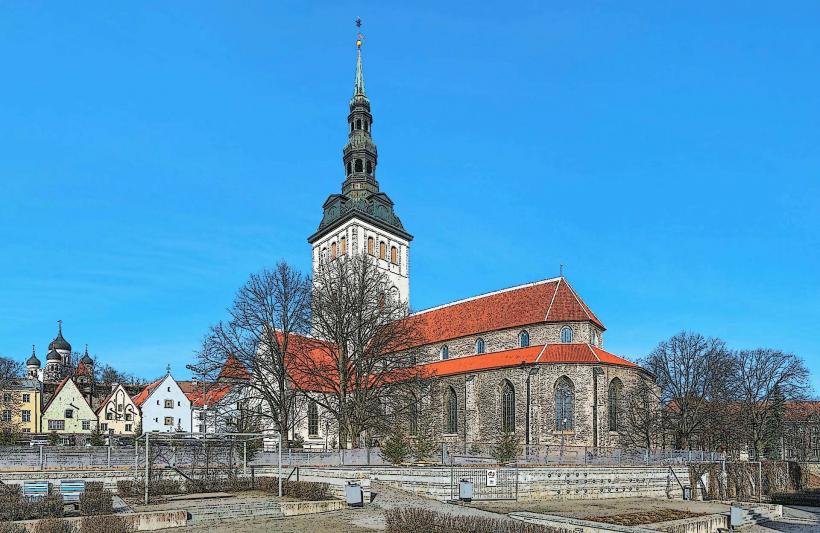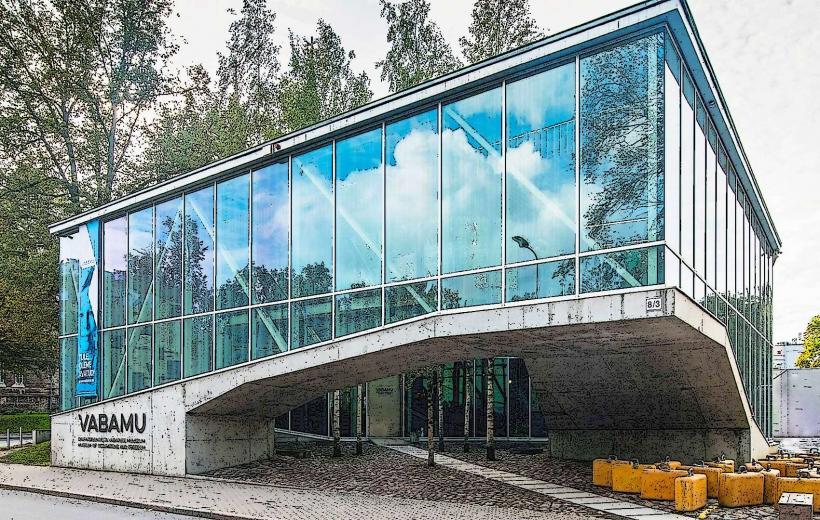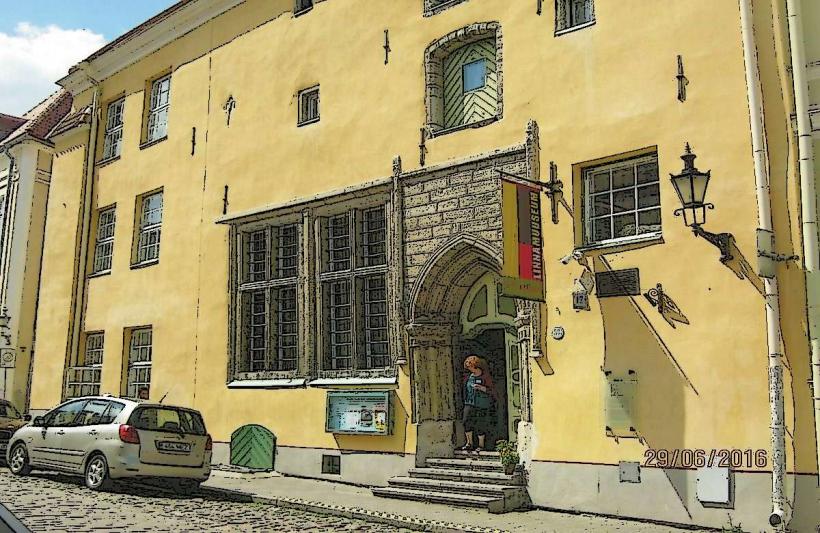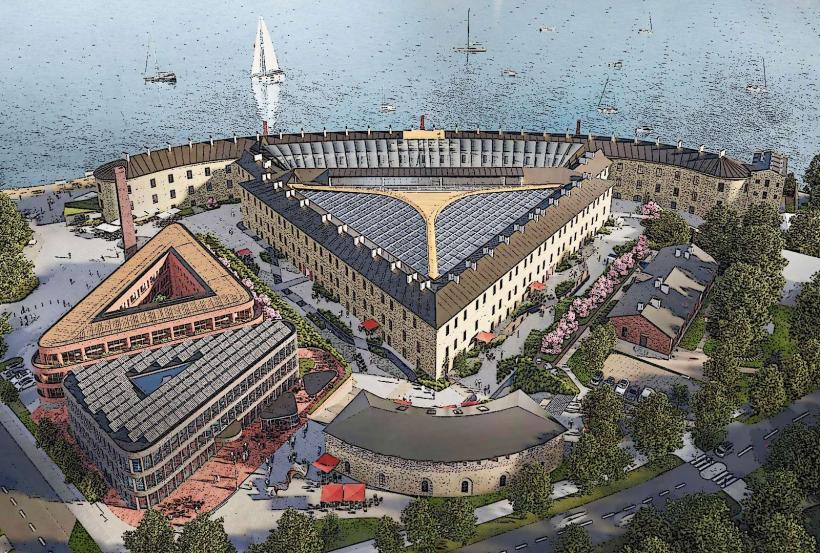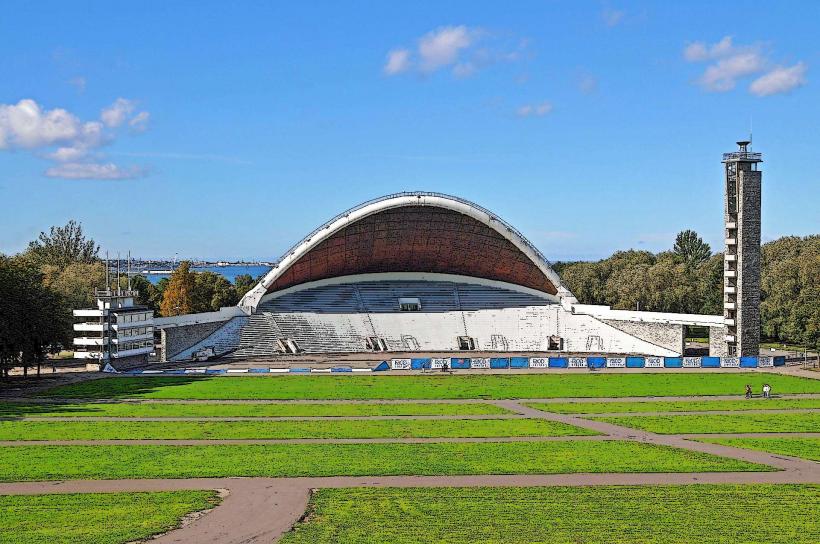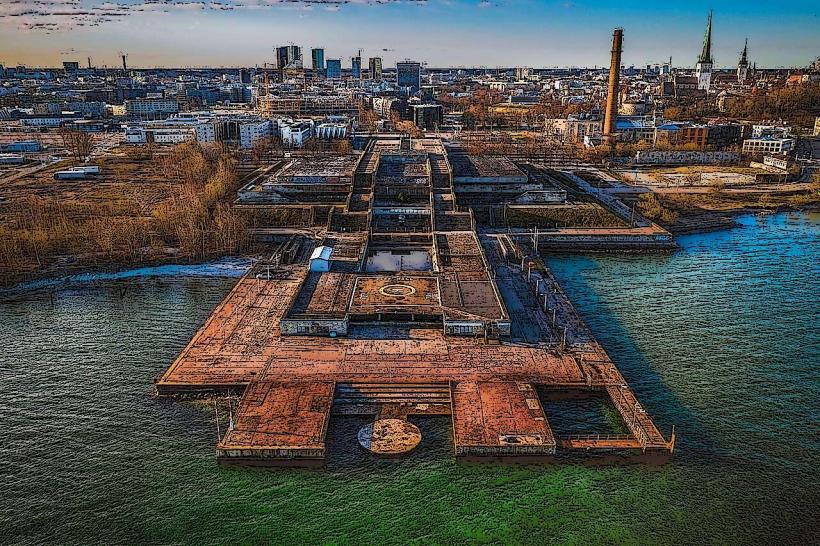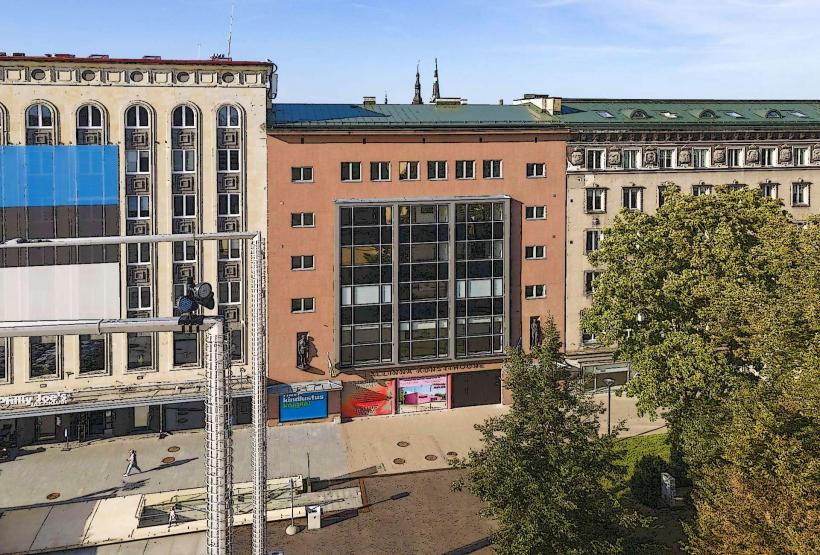Information
Landmark: Great Coastal GateCity: Tallinn
Country: Estonia
Continent: Europe
The Great Coastal Gate (Läänemere Värav) is a historical city gate located in Tallinn, Estonia, and is part of the city's medieval fortifications. It served as one of the key entrances to the Old Town, particularly for sea traffic, linking the city with the Baltic Sea. Here’s a detailed look at the Great Coastal Gate:
Historical Significance
Medieval Role:
- The Great Coastal Gate was built in the 16th century as part of a major fortification expansion around Tallinn. It was designed to protect the city from sea invasions and to control trade coming into the city from the port. Tallinn, being an important trade hub in the Baltic Sea, required strong defenses, and the Great Coastal Gate was a strategic point in this network.
- The gate was situated on the coastline and was directly connected to the harbor area, making it a crucial entrance for ships arriving in Tallinn. The gate would have been used for customs and toll collection, controlling the goods coming into the city by sea.
Fortifications:
- The gate was part of a larger system of fortifications, including walls and towers, which were built to protect the city from external threats. The fortifications were constructed to withstand artillery fire, and the Great Coastal Gate was designed to be a heavily fortified structure.
- The gate itself, along with its defensive walls, formed an integral part of the city’s defense network, especially as Tallinn’s role as a port town grew during the medieval period.
Architecture and Design
Structure and Features:
- The Great Coastal Gate is a large, arched gateway that allowed ships to pass through into the inner city. Its design was typical of 16th-century military architecture, with thick stone walls and a reinforced construction to withstand attacks.
- The gate has a bastion-like structure, which is an enclosed fortified platform that allowed defenders to keep watch over the sea and the harbor. Over time, the gate was equipped with additional features such as drawbridges and portcullises for security.
Construction Style:
- The gate was built in the Renaissance style, a period known for military fortifications that combined functionality with aesthetic design. The architecture reflects the period's focus on defense against firearms and artillery, with thick walls designed to absorb impact.
Current Status and Use
Museum and Visitor Center:
- Today, the Great Coastal Gate is part of the Tallinn City Museum complex and is open to the public as a historical site. The gate has been preserved and is often used to showcase Tallinn’s maritime history.
- The museum offers exhibitions that focus on Tallinn’s seafaring past, including the city’s development as a port and its role in international trade. Visitors can learn about the defensive system of Tallinn’s medieval walls, the military history of the city, and the everyday life of those who lived and worked in the area during the Middle Ages.
Preserved Gatehouse:
- The gatehouse has been preserved as a historical landmark and is an excellent example of Tallinn’s medieval architecture. It remains one of the best-preserved city gates in the Old Town and is a popular stop for those exploring the city’s historic fortifications.
Fat Margaret Tower (Paks Margareeta)
While the Great Coastal Gate is often associated with Tallinn’s harbor entrance, it is closely linked to Fat Margaret Tower (Paks Margareeta), which stands nearby.
Historical Context:
- Fat Margaret Tower was constructed in the early 16th century as part of the same defensive expansion as the Great Coastal Gate. The tower was specifically built to guard the sea entrance and to serve as a stronghold for defenders protecting the city from naval threats.
- It got its name from its round, stout appearance, which resembled a fat figure when viewed from a distance. The tower’s massive walls and strategic position made it a key part of Tallinn’s fortifications.
Museum and Exhibitions:
- Today, Fat Margaret Tower houses part of the Tallinn Seaplane Harbour Museum. The tower serves as a museum for the city’s maritime history, offering visitors a deeper understanding of Tallinn’s evolution as a maritime city. The museum features interactive exhibits on shipbuilding, maritime trade, and Tallinn’s role in the Baltic Sea trade routes.
Conclusion
The Great Coastal Gate (Läänemere Värav) and Fat Margaret Tower are key historical structures in Tallinn that illustrate the city’s maritime heritage and its military history. The Great Coastal Gate was essential for controlling sea traffic and protecting the city from naval threats, while Fat Margaret Tower was a crucial fortification in the defense of Tallinn. Today, both structures are significant historical landmarks, offering visitors a fascinating glimpse into Tallinn's past through museums and exhibits that explore the city’s role as a port and its defense systems.

